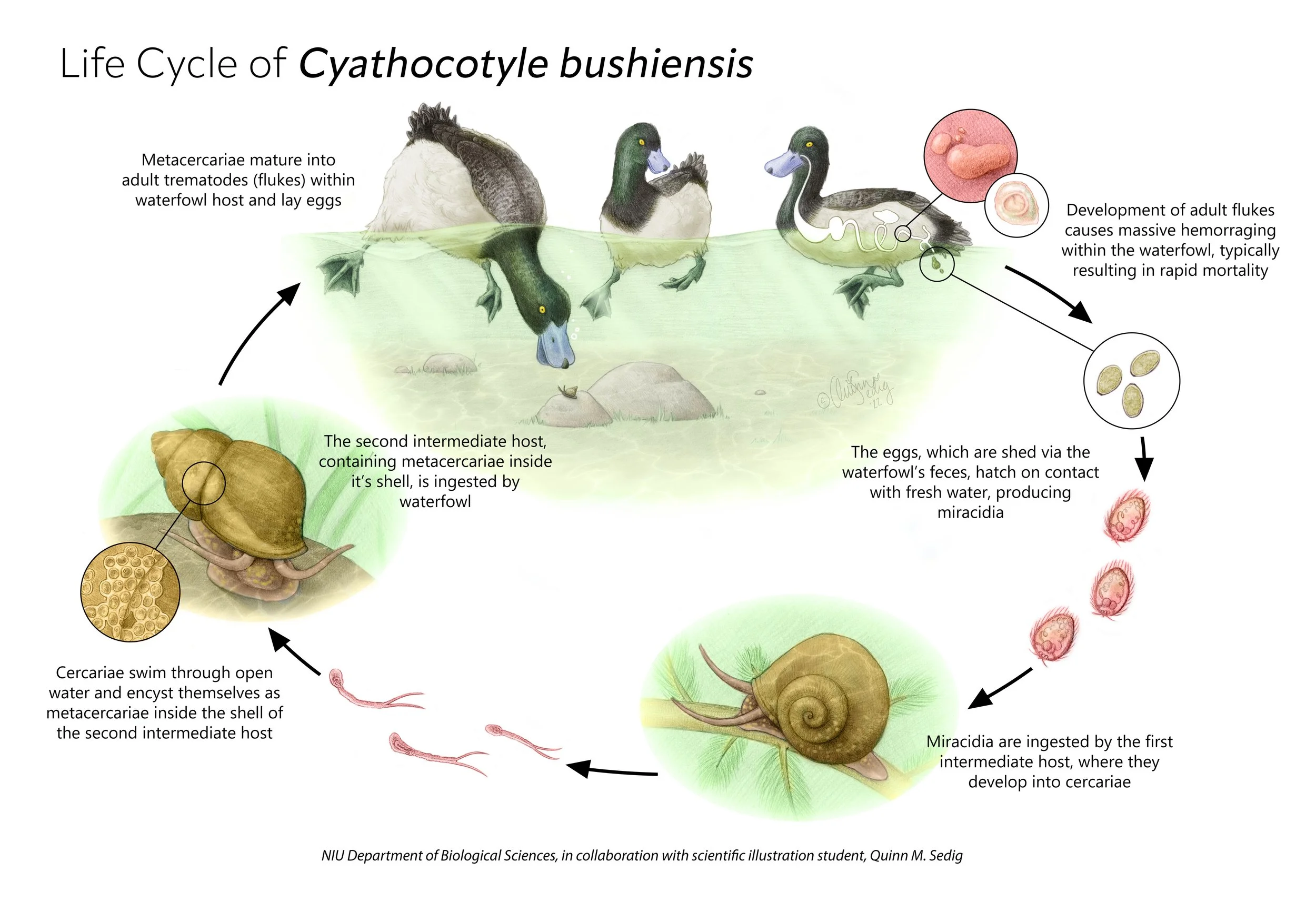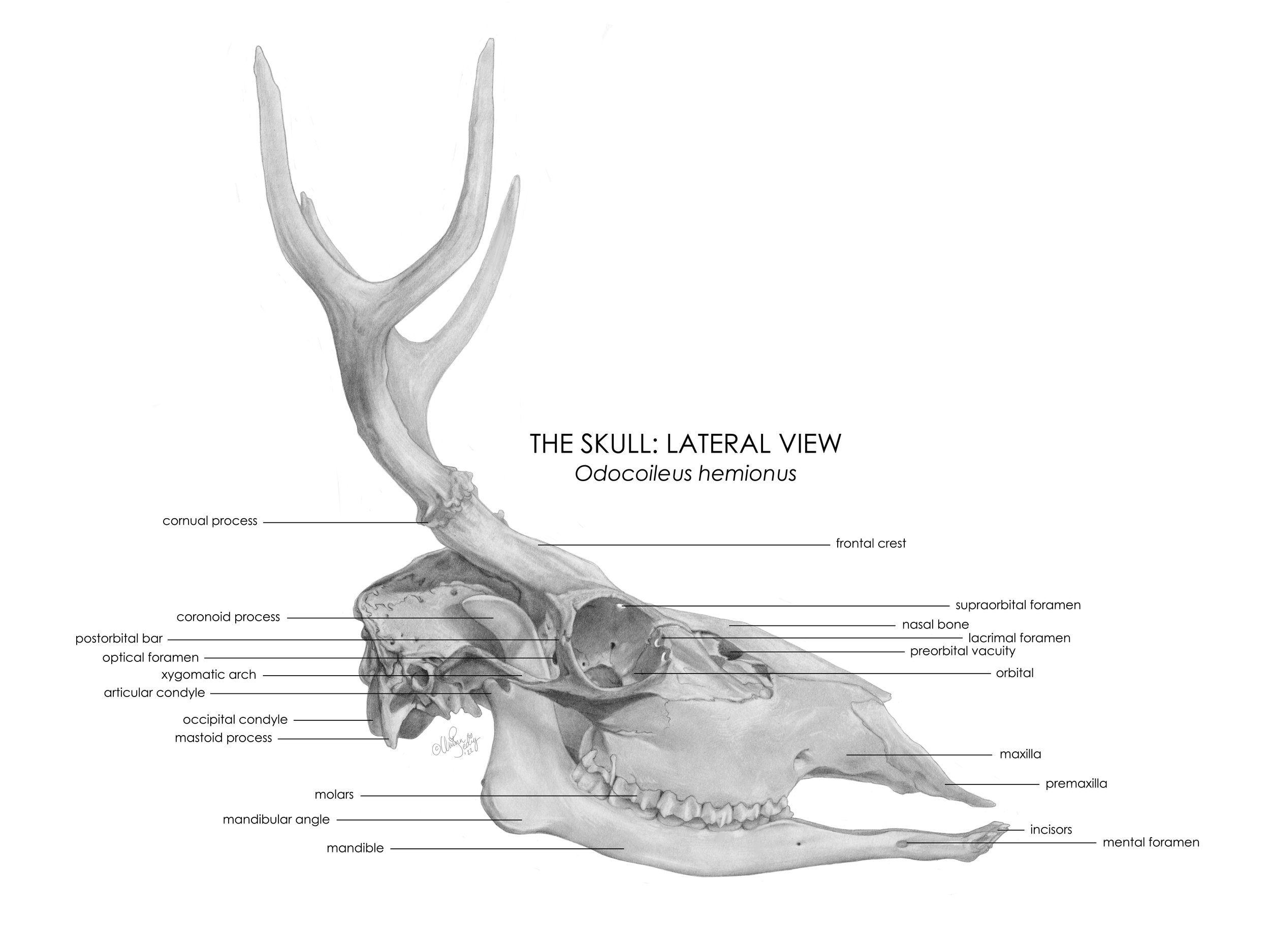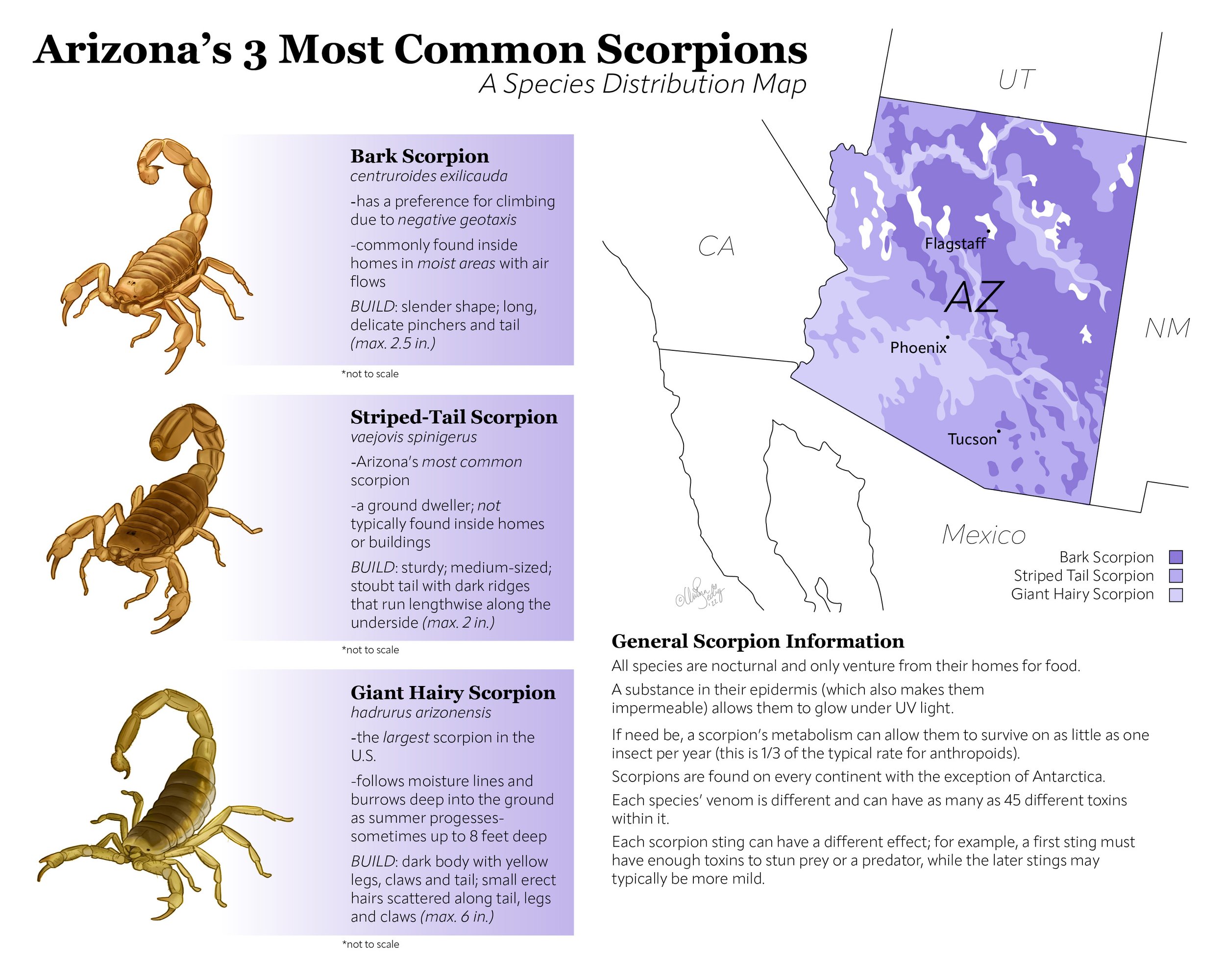Quinn sedig
illustration
Artist statement
Scientific illustration is a complex and often overlooked field. Illustration is vital to the scientific world because it visualizes things we cannot see in a way that is concise and accurate, while also being striking and engaging. My journey with scientific illustration spurred from multiple interests that started in my teens- including horticulture, biology and zoology. My love for the Earth’s flora and fauna is what inspires me to create, in hopes that my work can be used to educate and inform those whose curiosity for nature is as great as mine.
When executing a scientific illustration I use a variety of materials, each depending on the project- but ultimately the chosen material will effectively communicate information and structure as clearly as possible, and the same goes for any text included in the piece. When it comes to colored pieces, I make the subjects as close to their true color palettes as possible and then use contrasting colors in their environments to grab the attention of the viewer. I typically work traditionally using graphite pencils, ink, watercolor, or gouache before editing in a digital program, but occasionally I will exclusively use Adobe Photoshop or Illustrator for a piece.

"Aglais io" graphite pencil on paper, Adobe Photoshop, 2022

"Isometric Audubon Birdfeeder" Adobe Illustrator, 2022

"Escargot" pen and ink on paper, 2022

"Eterusia repleta" gouache on paper, 2022

"American Wild Horse and Burro Distribution Map" Adobe Photoshop, 2022

"The Housplant Bible" watercolor and colored pencil on paper, Adobe Photoshop, 2023

"Visible Signs You May Be Overwatering Your Houseplant" Adobe Illustrator, 2022

"Life Cycle of C. bushiensis" graphite pencil on paper, Adobe Photoshop, 2022

"Odocoileus hemionus Diagram" graphite pencil on paper, Adobe Photoshop, 2022

"Collaboration with Dr. Karen E. Samonds" pen and ink on paper, Adobe Photoshop, 2022

"Arizona's Three Most Common Scorpions, Distribution Map" Adobe Illustrator, Adobe Photoshop, 2022

"Unique Pollinator Plants" Clip Studio Paint, 2022
ARTIST BIO
I am a scientific illustrator from Morrison, IL. Upon transferring to NIU, I was a conceptual artist before quickly finding my niche in the scientific illustration program under the direction of Todd Buck and Kim Martens. My love for the Earth’s flora and fauna is what inspires me to create, in hopes that my work can be used to educate and inform those whose curiosity for nature is as great as mine. Illustration is vital to the scientific world because it visualizes things we cannot see in a way that is concise and accurate, while also being beautiful and engaging.
For my scientific work, I work both traditionally and digitally, with the materials varying with the project. The materials I use often include but are not limited to; graphite pencils, pen and ink, watercolor, gouache, charcoal, chalk pastels and colored pencils, as well as digital media programs Photoshop, Procreate and ZBrush.

